T8 Grow Light Bulbs are a type of fluorescent light bulb which is great for growing plants. They come in different wavelengths, including blue and red. but when you are looking for grow light t8 bulbs, it can be difficult to figure out which ones have the right wavelength.
To help you with this decision, we will go over what different wavelengths of light provide for plants and how they affect growth.
We will also discuss some common misconceptions about lighting and offer a few tips on how to tell if your current lights need to be replaced.
- 【"V-shaped" Housing Design】 Professional T8 grow Light Strip has two rows of high-quality full...
- 【Full Spectrum】 Monios-L LED grow light Strip is providing indoor plants with full-spectrum...
- 【Efficient Heat Dissipation】 Monios-L T8 led grow light with aluminum housing provides the...
- 【Easy to Install】 Could connect up to 6 tube lights together with seamless connectors or...
- 【Quality After-sales Service】24 months unlimited warranty 100% money back. Simply email us for a...
What is a T8 Grow Light Bulb?
A T8 grow light bulb is a type of fluorescent light that can be used in indoor growing. It features a tube with a spiral-shaped filament, with an inner diameter of 8 millimeters and an outer diameter of 24 millimeters. This gives it the same appearance and dimensions as the T12, but its tube is thinner.
The type of lighting emitted by this bulb is like natural sunlight, making it ideal for growers seeking to grow plants indoors.
The different zones on the spiral-shaped filament allow it to emit light with different wavelengths for your specific needs – you can have blue, red, or far-red light as well as any shade in between.
The type of wavelength emitted by the bulb will have an impact on the type of plants that can be grown with it. which wavelengths are good for grow light t8?
The Right Wavelengths for Your Plants
RED LIGHT – Red light is best for the vegetative phase of plant growth, which helps seedlings grow thick stems and strong roots so they can support themselves as they mature.
The red wavelengths give plants the right balance between growth and flowering. The far-red is used for flowering plants like tomatoes and peppers.
BLUE LIGHT – The blue wavelengths are good for plants that are looking for a lot of energy, blue light encourages flowering in many types of plants by triggering a chemical reaction that promotes bloom development, fruit production, and ripening.
The Worst Wavelengths for Your Plants
The worst wavelengths for plants are in the UV range, which can’t be seen with the naked eye. UV light damages plant DNA and start a process of cell death. But even without UV light, excessive amounts of any wavelengths will kill plants. For example, too much blue light will cause leaf burn.
Benefits Of Using a T-Series Grow Light Bulb:
T-Series bulbs are more efficient than other types on the market. They also produce less heat because they use cooler burning gases in their gas fillings, so it’s easier to use them with enclosed fixtures or close to plants. Plus, they last much longer.
Benefits Of Using a T8 Grow Light Bulb
Standard Benefits:
- The right wavelengths for your plants.
- More efficient than other grow light bulbs on the market.
Emotional Benefits:
- Grow healthier plants that produce more crops.
- Enjoy a beautiful garden year-round without ever having to leave home.
Another important property of these bulbs is their low heat output, making them perfect for conserving energy and preventing the room from getting too hot.
Because they are so efficient at heating up the plants without putting out a lot of unwanted heat into the environment, this means that you will need fewer lights to get your desired effect than if you had been using a standard fluorescent light.
Common Mistakes Made When Using a T8 Grow Light Bulb
- Failing to rotate the bulbs regularly
- Not changing the bulbs when they start giving off less light
- Using grow lights in a small or poorly ventilated room
- If every bulb has a different wavelength of light
- Purchasing just one type of grow light and not considering a variety of wavelengths will hinder plant growth
- Incorrectly identifying which plants need blue and red wavelengths, as well as far-red
- Investing in an expensive but outdated fixture with no plans for future upgrades
- Spending money on fixtures without reading how many watts per square foot your space needs to provide is
- Buying too much wattage for smaller spaces
- Drawing more electricity than necessary
Other Tips and Tricks to Keep in Mind When Buying and Using a T8 Grow Light Bulb
- Make sure that the fixture you buy is rated for your watts per square foot.
- Keep in mind the bulb’s lifespan when comparing fixtures, as price can vary considerably depending on how often it must be replaced.
- Accurate LED grow lights may not emit red and blue wavelengths, but they do have an impact on plant growth because of their energy content.
Best Way to Tell if Your T8 Grow Lights Need to be Replaced
There are a few simple ways to tell if your T8 grow lights need an upgrade:
- If your plants start getting taller than usual
- If you notice yellowing or browning leaves
- If you just bought new grow lights but they’re not working as well as you hoped
- If the bulbs are flickering or buzzing
- If your plants are producing flowers in the wrong phase of their growth cycle.
If you have any questions or would like to discuss your plant lighting needs, you can comment down below. We’d love to help!

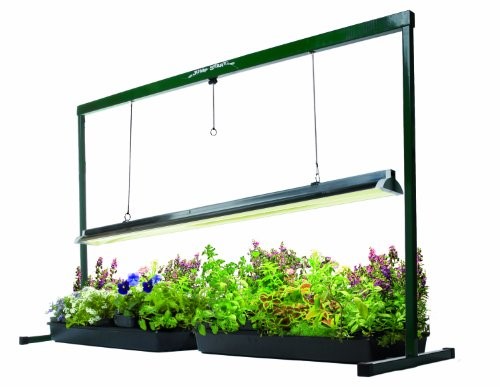

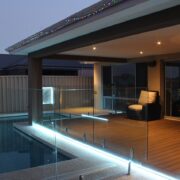

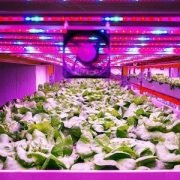
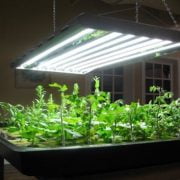

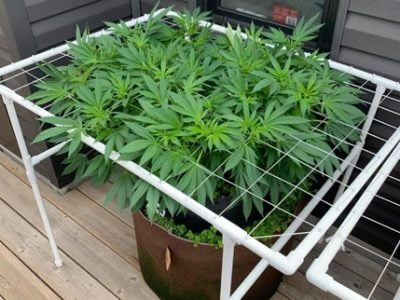
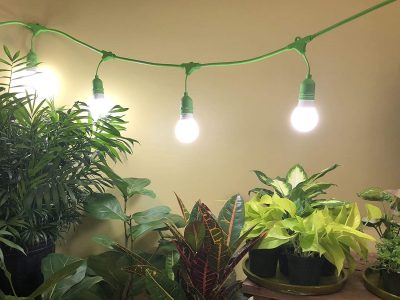

Comments